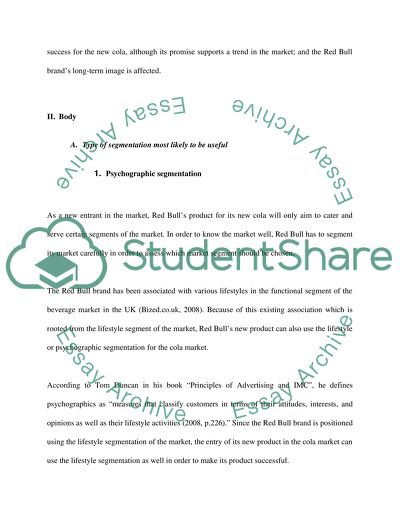Cite this document
(“The cola market Essay Example | Topics and Well Written Essays - 1750 words”, n.d.)
The cola market Essay Example | Topics and Well Written Essays - 1750 words. Retrieved from https://studentshare.org/marketing/1550173-the-cola-market
The cola market Essay Example | Topics and Well Written Essays - 1750 words. Retrieved from https://studentshare.org/marketing/1550173-the-cola-market
(The Cola Market Essay Example | Topics and Well Written Essays - 1750 Words)
The Cola Market Essay Example | Topics and Well Written Essays - 1750 Words. https://studentshare.org/marketing/1550173-the-cola-market.
The Cola Market Essay Example | Topics and Well Written Essays - 1750 Words. https://studentshare.org/marketing/1550173-the-cola-market.
“The Cola Market Essay Example | Topics and Well Written Essays - 1750 Words”, n.d. https://studentshare.org/marketing/1550173-the-cola-market.


